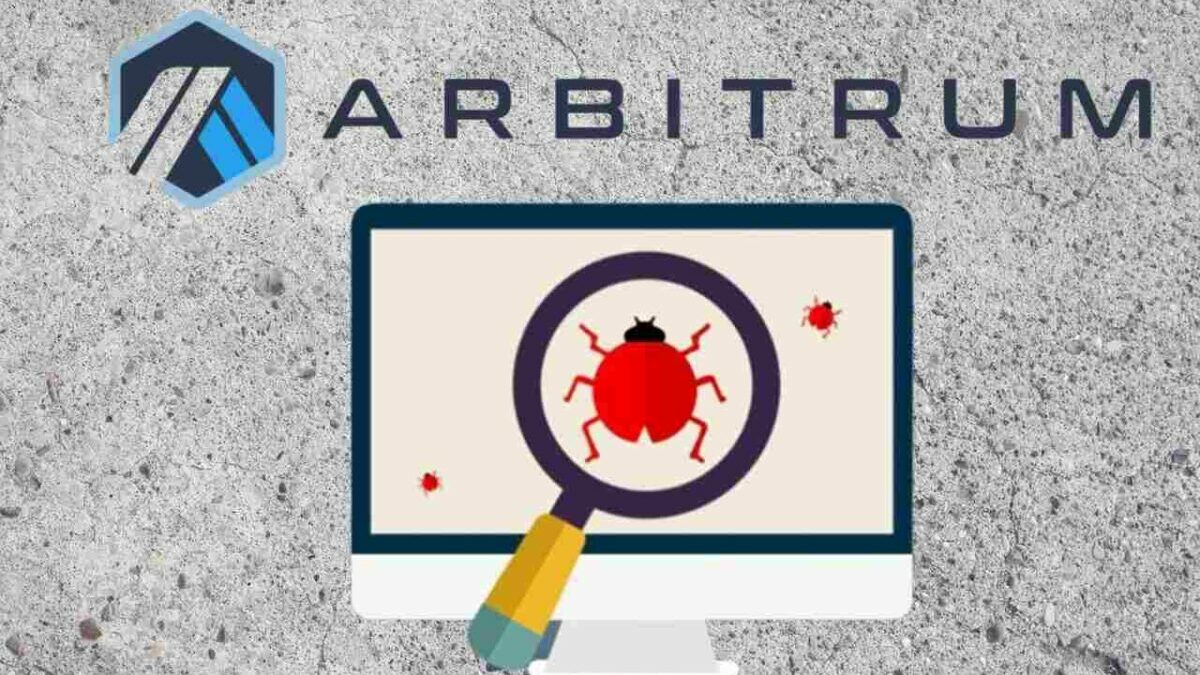Arbitrum Resumes Operation After Sequencer Bug Caused Temporary Transaction Delays
Arbitrum, the Layer 2 solution for the Ethereum (ETH) blockchain, encountered a temporary outage for an hour on June 7 after a bug in its sequencer code caused a brief pause in the network’s ability to process transactions. On June 8, Arbitrum developers’ official Twitter account revealed the bug in sequencer code, the central piece ... Read more

Arbitrum, the Layer 2 solution for the Ethereum (ETH) blockchain, encountered a temporary outage for an hour on June 7 after a bug in its sequencer code caused a brief pause in the network’s ability to process transactions.
On June 8, Arbitrum developers’ official Twitter account revealed the bug in sequencer code, the central piece of software that bundles transactions stopped Arbitrum from being able to batch transactions onto the Ethereum blockchain, bringing the network with over $2.24 billion in deposits to a standstill. The incident caused a transaction backlog that stressed the network, bringing it to a standstill for over an hour. Arbitrum devs tweeted,
“When the Sequencer tried to post a batch on-chain, the bug hit and the transaction reverted. Impact: A temporary pause to finalize transaction ordering on-chain, but otherwise the Sequencer’s service was not disrupted.”
Earlier today, there was a disruption in the Sequencer’s batch poster that caused batches not to be posted.
We'll be publishing a full post-mortem later today, but let’s take this chance to look at the high-level overview.
— Arbitrum Developers (
,
) (@ArbitrumDevs) June 7, 2023
Why Did Arbitrum Stop Processing Transactions?
As per the Twitter announcement, it seems there was a bug in the “batch poster” that caused it not to post transactions on-chain for some period of time. The brief halt shows how networks like Arbitrum, which inherit Ethereum’s security and decentralization of the Ethereum network, also rely on centralized points of control. Offchain Labs, the maker of the Arbitrum platform had previously said it intends to decentralize Arbitrum’s sequencer in the future.

Following the temporary halt, some reports also claimed the sequencer ran out of funds for gas, causing it to stop processing transactions. However, the developers took to Twitter to clarify this is not true citing, “the sequencer wallet posts transactions on-chain and has a relatively low ETH balance that is programmatically refilled.” After failing to process transactions for approximately an hour, the bug has been fixed bringing the network to function normally again. The developers further wrote,
“The Arbitrum network did not refund the Sequencer for this malfunction nor was it caused by the Sequencer running out of funds.”
Some reports claimed the Sequencer ran out of funds – but this is not correct.
Let's dive into how the funding works more deeply
The Arbitrum funding mechanism consists of 2 wallets:
– The sequencer wallet
– The "gas-refunder" wallet— Arbitrum Developers (
,
) (@ArbitrumDevs) June 7, 2023
Past Arbitrum Sequencer Outages
This is not the first time the Ethereum (ETH) layer 2 solution has faced a sequencer issue. In January 2022, Arbitrum suffered a seven-hour sequencer outage preventing transactions from being processed. Furthermore, in September 2021, the protocol had a similar sequencer outage when a bug caused the system to get stuck after a large batch of transactions was executed over a short time frame.
We are currently experiencing Sequencer downtime. Thank you for your patience as we work to restore it. All funds in the system are safe, and we will post updates here.
— Arbitrum (
,
) (@arbitrum) January 9, 2022
This comes shortly after Arbitrum partnered with Manta Network, a privacy protocol for decentralized finance (DeFi), to offer its users a decentralized and private way to verify their real identities without compromising any information regarding on-chain activity.









